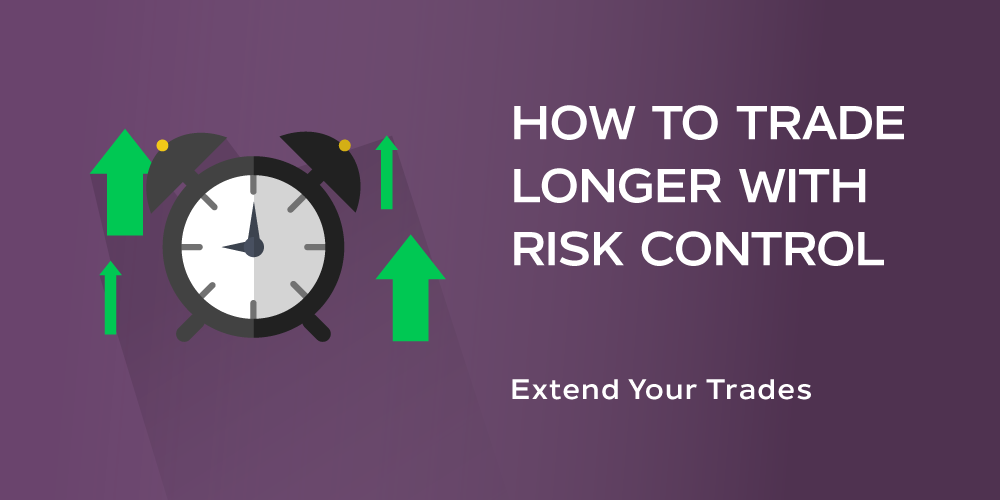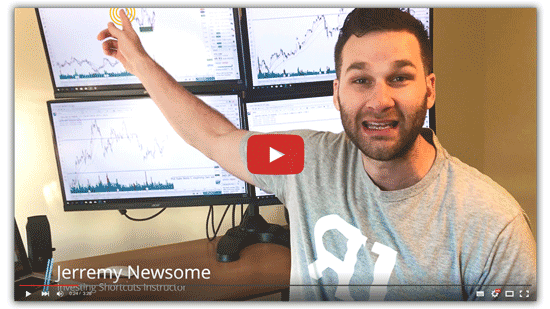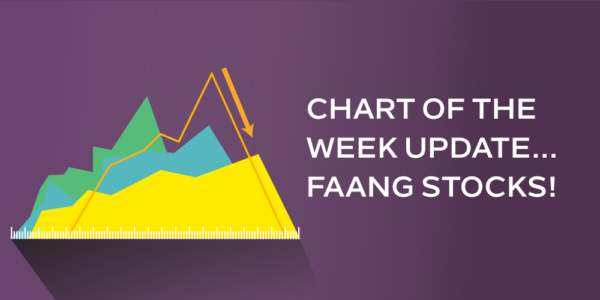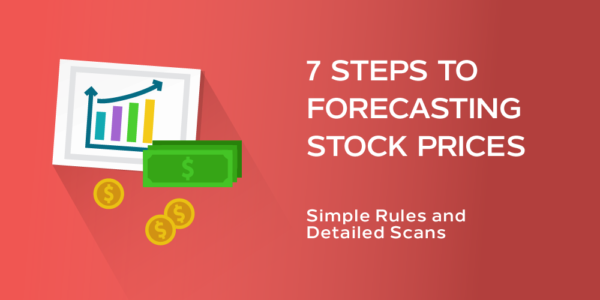
We’ve heard time and time again the importance of risk control. You may have read my post on why trading the stock market isn’t gambling. My main argument behind my assertion that the stock market isn’t gambling is our ability to control risk.
Did you know that there is actually a formula to calculate risk?
Well, did you know that you should keep your risk consistent on every trade you take for a certain period of time? That way, you can measure your results. If you have variable risk on every trade, it becomes impossible to measure pure trading performance.
Your goal? Risk small, win big. Lose small, win big. Cut your losers and let your winners run. Risk less than your potential reward. You know, all of those nomenclatures. Here’s how to to get it done:
The risk you trade should be approximately 2% of your entire account.
If you have a $5,000 account, your R = $100.00
If you have a $9,504 account, your R = $190.08 (You could round up to $200 or round down to $190 if you wanted to).
If you have a $103,716 account, your R = $2,074.32. (Again, you could round to $2,075, $2,100, or $2,050).
Your first question might be, “Jerremy, if I have a $5,000 account, are you saying I can only spend $100.00 per trade?”
Nope. That is not quite what I mean.
I am simply stating that $100.00 is the amount you should be willing to lose on the trade. That’s your Risk Unit, or your R. The amount of investment, or your ‘position size’, is not as important as most people make it out to be. In my opinion, the more important factor is the potential risk on each trade (i.e. how much you lose if you are wrong). Warren Buffett’s famous quote sums it up, “The #1 rule in trading, don’t lose money.”
Your goal is obviously to lose as little as possible. Risk mitigation and defense is your goal, concern, and focus. If you prevent yourself from totally destroying your account, you can trade longer. After all, if does require money to trade! (I know. I’ve been called Captain Obvious before).
The formula: risk value / stop value = amount of shares to trade
Example: A trader wants to enter AAPL and they plan to buy shares as it bounces off of $93 as a support price. They look at the chart and determine $91 to be a good price for a stop. The stop value in this scenario is $2.00, which is the difference between the entry price and the stop location.
Let’s say the above trader has an R of $100.00
R = $100 / $2.00 stop value = 50 shares to trade. The investment would be $120 x 50 shares, or $6,000.00. The risk, however, if that trader is wrong, is only a $100.00 loss.
Same trader. Different stock.
A trader wants to enter FB and they plan to buy shares as it bounces off of $120 as a support price. They look at the chart and determine $121 to be a good price for a stop. The stop value in this scenario is $1.00.
R = $100 / $1.00 stop value = 100 shares to trade. The investment would be $81 x 100 shares, or $8,100.00. The risk, however, if that trader is wrong, is only a $100.00 loss.
I hope this helps clear up how to mathematically calculate risk per trade. Until next time, remember – love life, live life, and trade it!
Looking for a proven, repeatable way to make easy, higher-potential trades?
In this limited-time free training, you will learn 3 super simple tricks used to generate consistent profits from day trading weekly options…











